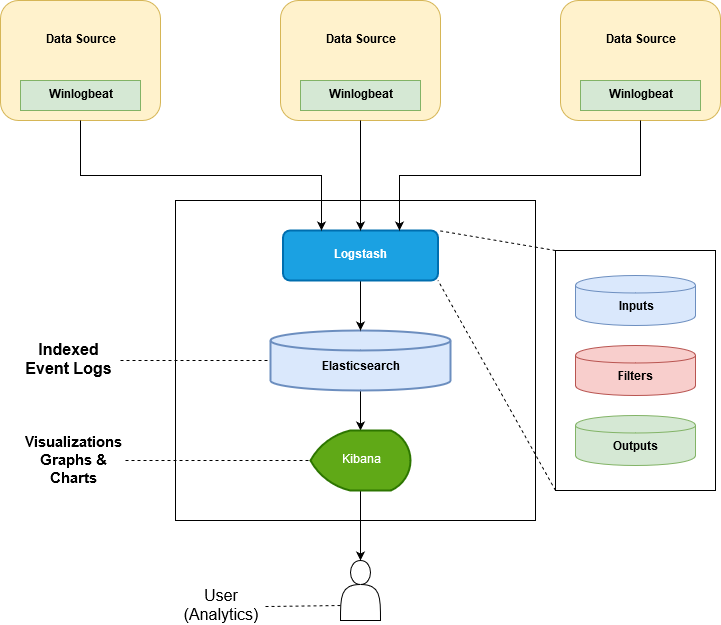1) create template json
vim elasticsearch-template_v00005.json
{
"index_patterns": "logstash_v00005-*",
"settings": {
"index" : {
"refresh_interval": "10s" ,
"number_of_shards" : 1,
"number_of_replicas" : 0
}
}
}
2) import template and check
$ curl -XPUT -H 'Content-Type: application/json' 'http://localhost:9200/_template/logstash_v00005?pretty' -d@elasticsearch-template_v00005.json
{
"acknowledged" : true
}
and check..
$ curl -XGET 'http://localhost:9200/_template/logstash_v00005?pretty'
{
"logstash_v00005" : {
"order" : 0,
"index_patterns" : [
"logstash_v00005-*"
],
"settings" : {
"index" : {
"number_of_shards" : "1",
"number_of_replicas" : "0",
"refresh_interval" : "10s"
}
},
"mappings" : { },
"aliases" : { }
}
}
3) set logstash output config
cat /etc/logstash/conf.d/98-elasticsearch-output.conf
output {
elasticsearch {
hosts => ["localhost:9200"]
manage_template => true
template_overwrite => true
template => '/etc/logstash/elasticsearch-template_v00005.json'
template_name => 'logstash_v00005'
index => 'logstash_v00005-%{+YYYY.MM.dd}'
}
stdout { codec => rubydebug }
}
last, dont forget to restart your logstash
ref https://github.com/elastic/logstash/issues/10687







